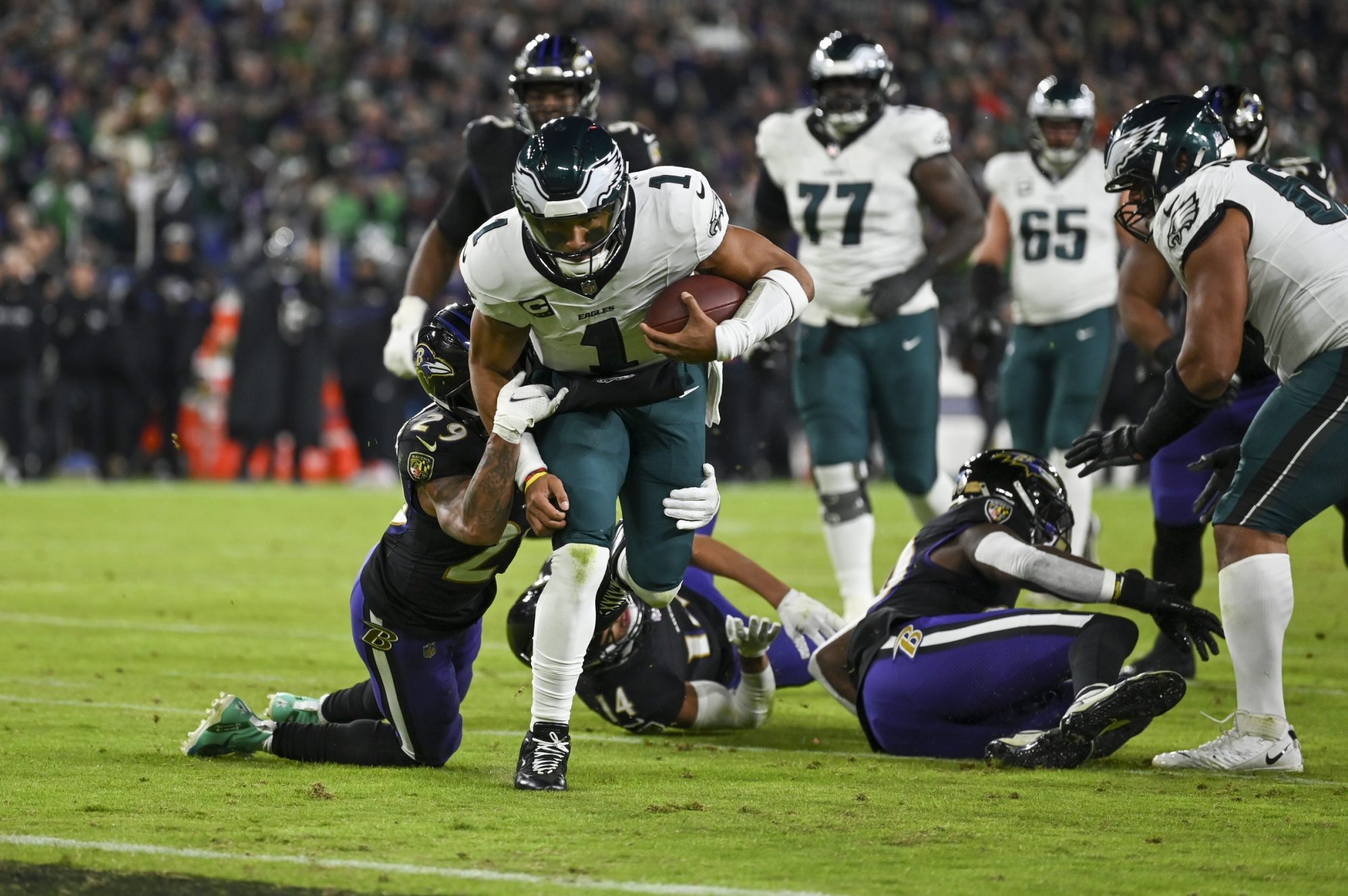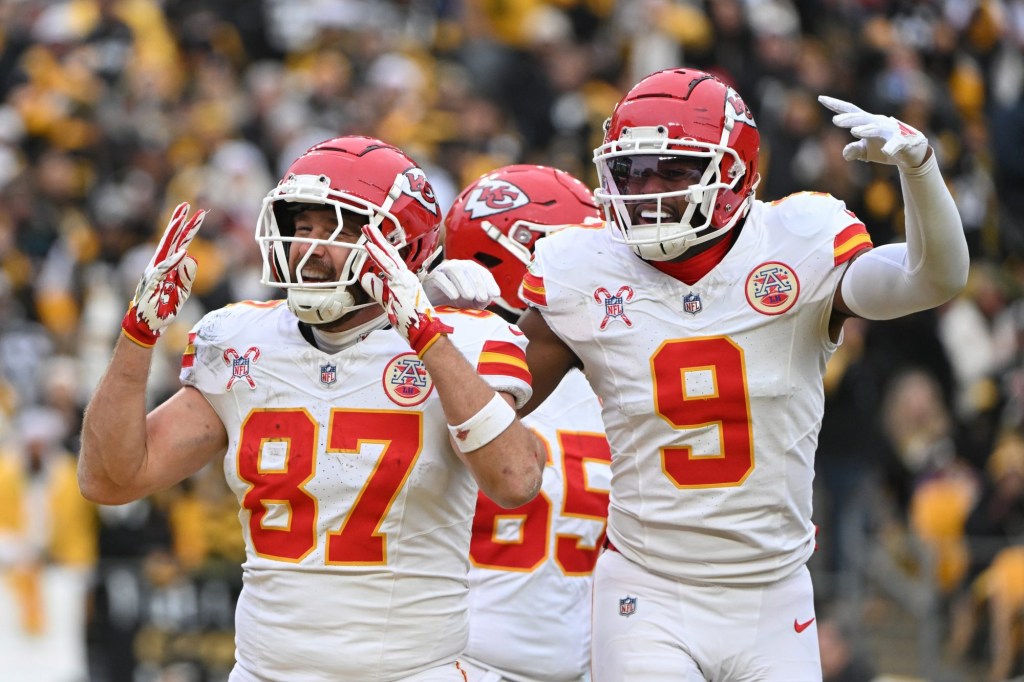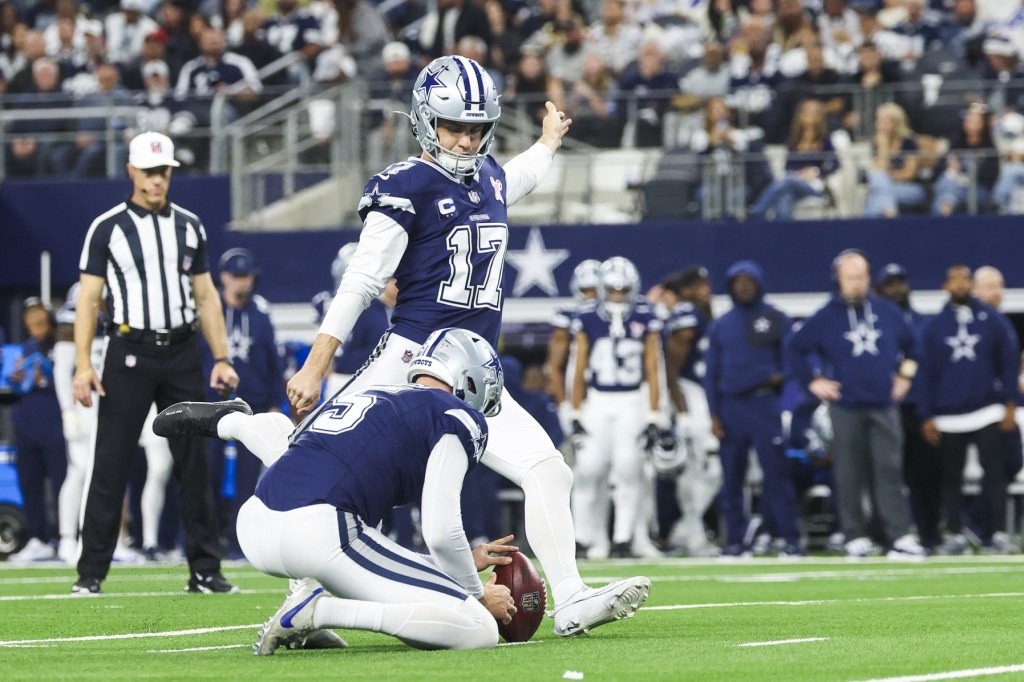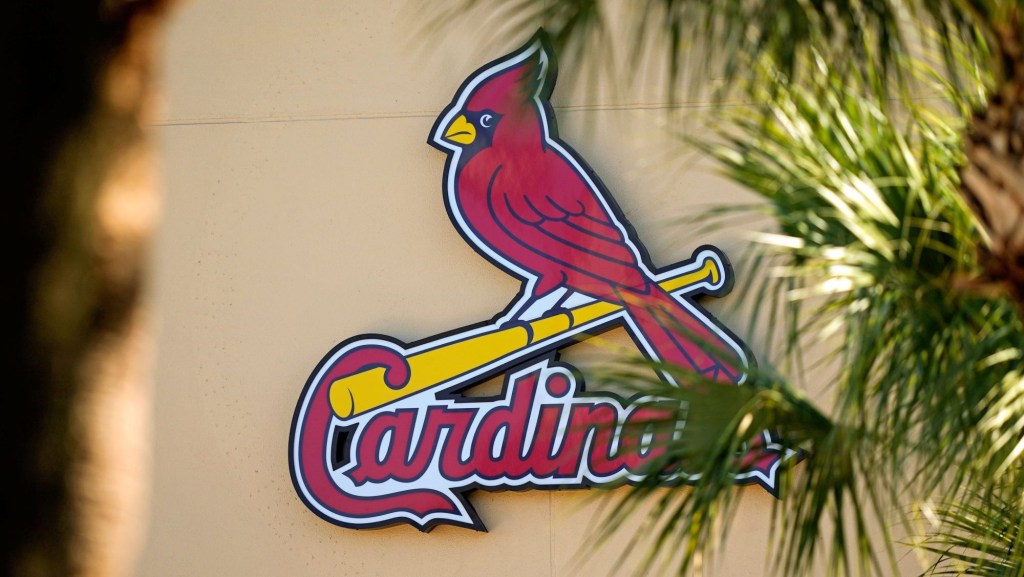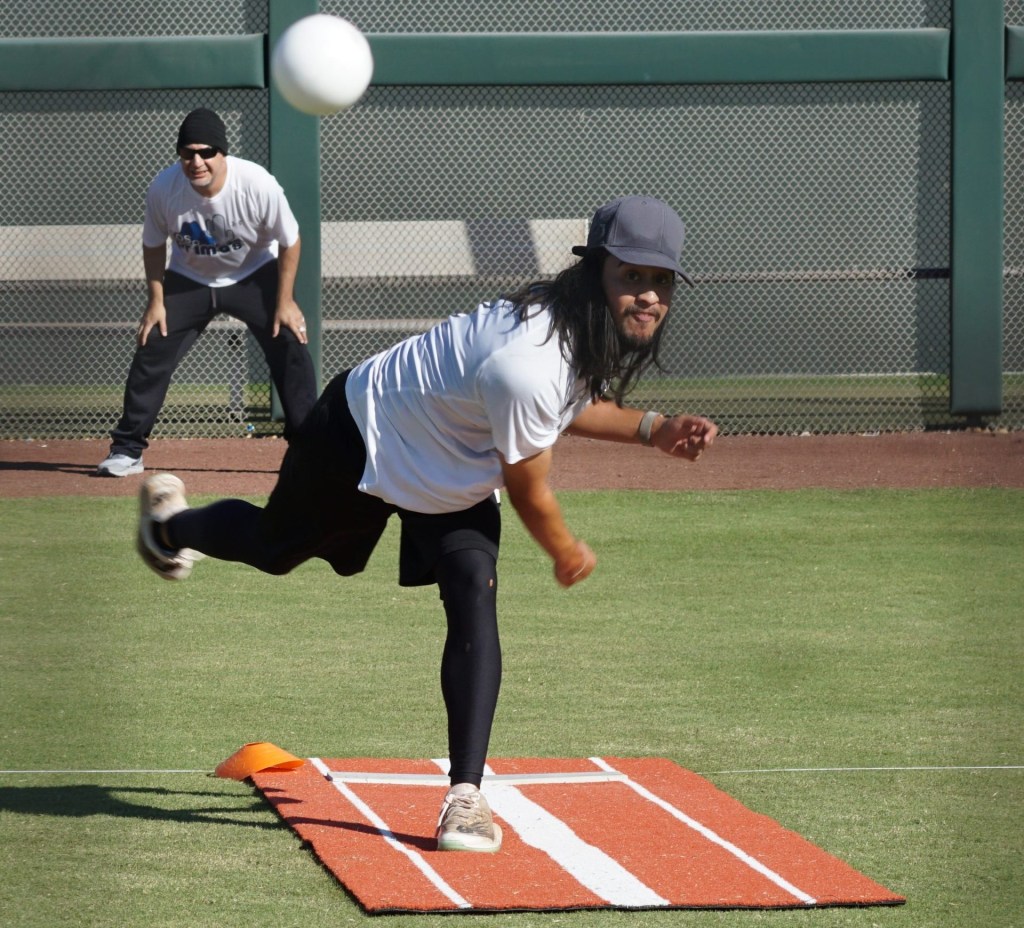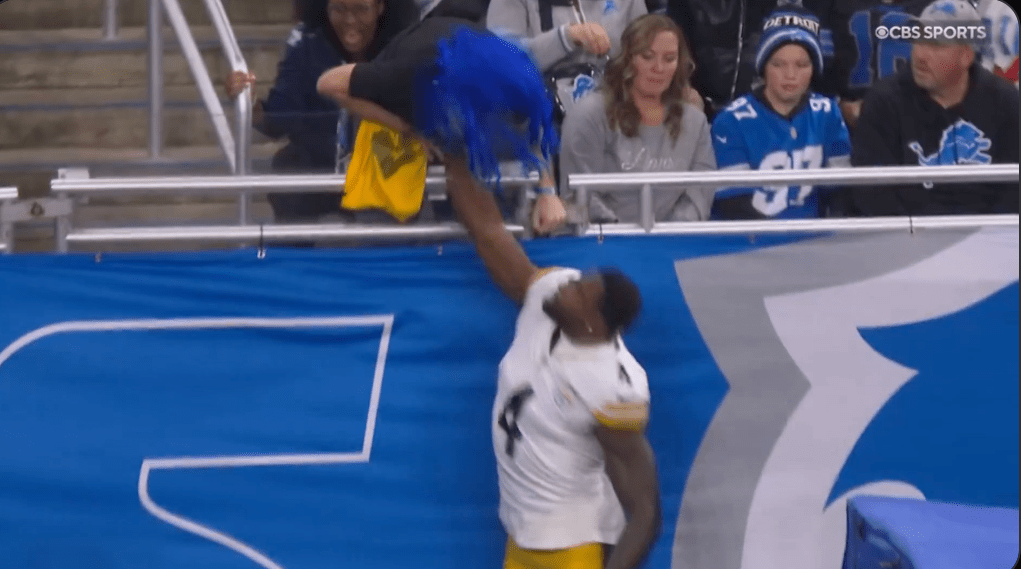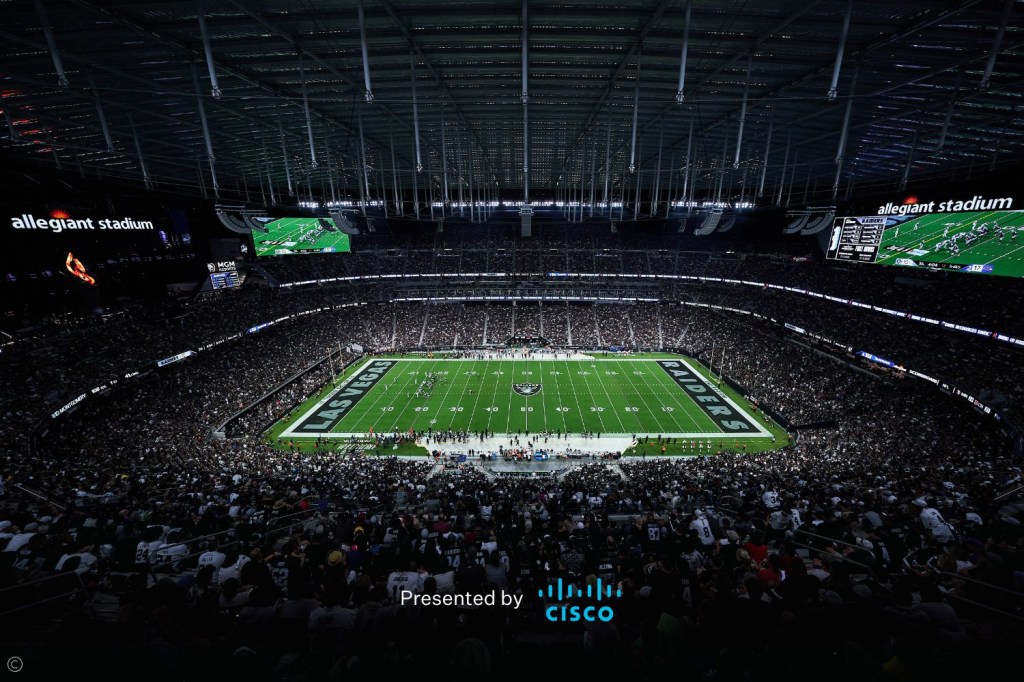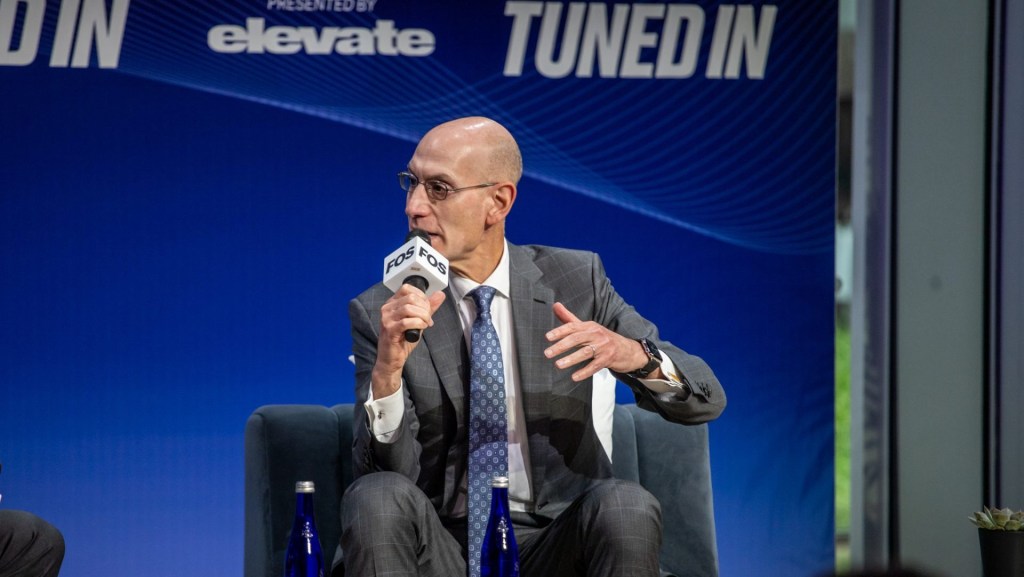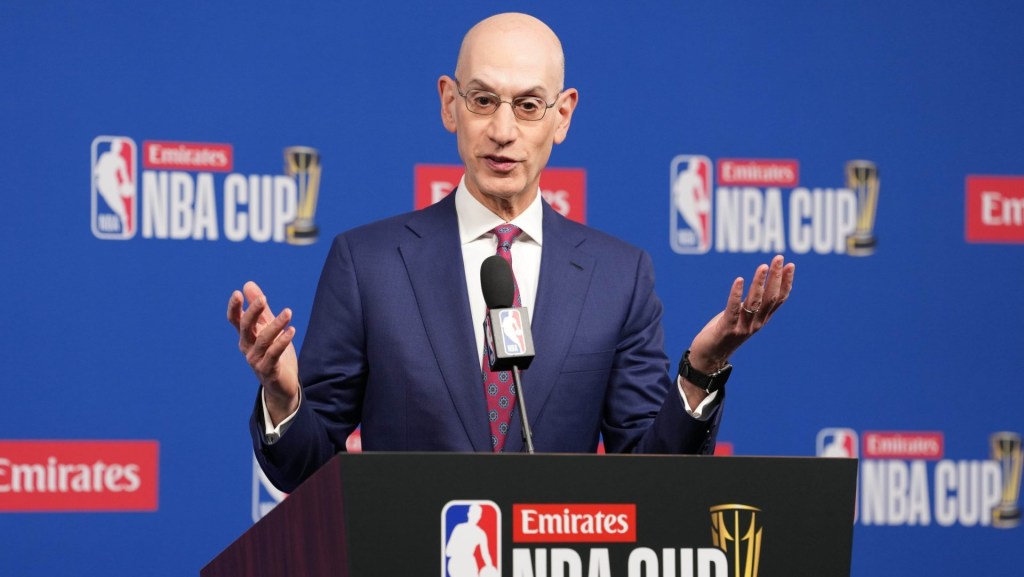The NFL and its players’ association agreed to changes to its substance abuse policy that take effect this week. The modifications raise the bar for players to get fined or suspended for violating the rules.
Among the biggest changes is an increase in THC level (specific to cannabis) to count as a positive result on a test and a reset on a player’s violation clock after a year, which eliminates the league’s cumulative system. Before the change, a missed drug test stuck with a player throughout their career, regardless of time difference between offenses.
Before this season, the NFL had issued more than $68 million in fines since 2002 for substance abuse violations, according to the American Addiction Centers.
The new policy takes effect Friday, according to CBS Sports, ahead of the weekend’s games. The NFL and NFLPA had been in talks for months about potential changes to the policy and sent a memo Wednesday to player agents.
In addition to the memo, the league also sent an FAQ that said players can’t post photos or videos of the white slip of paper notifying them of an upcoming drug test to their social media accounts, which ends a long-running bit around the league.
On Nov. 24, after Eagles star running back Saquon Barkley accounted for 302 total yards in a win against the Rams, he returned to his locker to find a fake white slip. But Barkley wasn’t going to be drug tested. Instead it was a prank by teammate Dallas Goedert. Such antics likely won’t fly under the new policy, which former NFL punter Pat McAfee lamented about on social media. Posting about drug tests has always been prohibited by the league; there was no framework for discipline for it, but the NFL had the ability to fine players $15,000 for recording the process or posting about it on social media.
Here are some of the notable changes to the drug policy:
- When a player commits a substance abuse violation, teams are now informed only of the positive test and not the substance that caused it, giving players more privacy.
- Fines are now lower for testing positive for a banned substance. A first violation gets a $15,000 fine; previously, such a violation cost half of a game’s paycheck. A second violation costs $20,000 instead of a full game check. A third-time offense now costs a full game check after it previously cost double.
- Under the old policy, missing a drug test would follow a player for his entire career. If a player missed a drug test as a rookie and didn’t miss another for four seasons, they would lose a game check for a second violation. Under the new policy, the NFL is resetting the count to zero if a player goes a year without missing a test. Should a player be discharged from the league’s Substance of Abuse Program, their window would be a half year.
- The NFL increased the THC level to yield a positive test from 150 ng/ml (nanograms per milliliter) to 350 ng/ml, making it harder to get fined for using marijuana.
- The NFL previously didn’t test players for fentanyl, but now can do so “if clinically indicated.” There is no fine for a positive test, but players will be fined $15,000 if they miss a mandatory meeting about the drug.
- Several changes were made to the NFL’s performance-enhancing drug policy. Previously, a player suspended for such a violation could not be reinstated until he tested negative for the banned substance. Now, a player could be reinstated if it’s determined the presence of the substance gives no illegal advantage.
The league’s new policy aligns a little closer to the NBA’s, which removed cannabis from its list of banned substances in 2023. MLB is currently reviewing its own drug policy, as it considers whether to enact a stricter ban on nicotine products.
